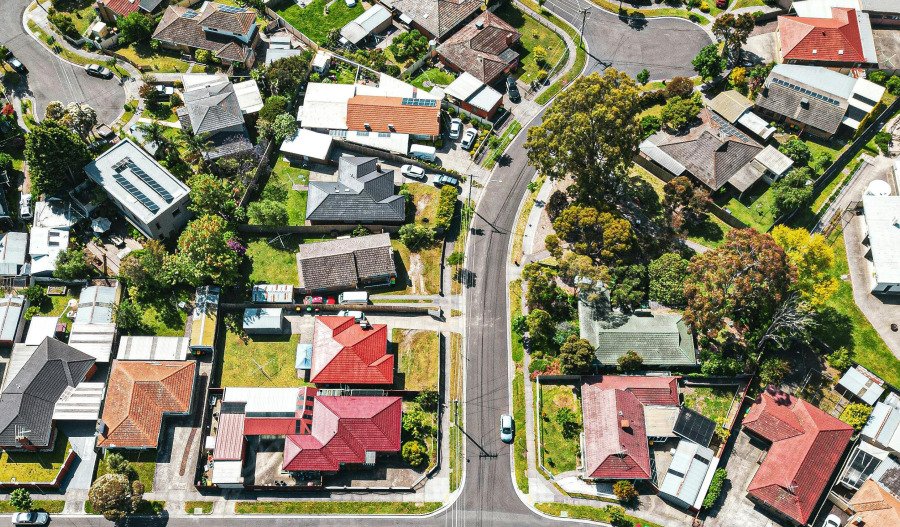Lending for dwellings eased in the March quarter of 2025, although total lending remained higher than in the same period last year, according to new figures from the Australian Bureau of Statistics (ABS).
The number of new investment housing loans dropped by 3.7%, while new home loans for owner-occupiers fell by 3.4%.
“March quarter’s overall fall in lending for dwellings followed strong growth through 2024 and remained higher (+6.0%) compared to this time last year,” said Dr Mish Tan, ABS head of finance statistics.
Owner-occupier lending
A total of 79,890 new home loans were approved in the March quarter, marking a 3.4% decline - or 2,854 fewer loans - compared to the December quarter.
The total value of these loans fell 2.5% or A$1.3 billion to $53.2 billion, while the average loan size decreased by $6,100 to $659,922.
“While higher than this time last year, the 79,890 new home loans approved in the March quarter was lower than the pre-pandemic quarterly average of 84,405 loans between 2015 and 2019,” Dr. Tan added.
Most states and territories recorded fewer loans, led by Queensland with a 2.5% drop, and Victoria with a 1.1% fall.
Loan refinancing between lenders increased by 5.1% to 65,030 transactions, continuing an upward trend from the previous two quarters.
Investment lending
There were 47,218 new investment loans approved in the March quarter, down 3.7% or 1,821 loans from the previous period.
The total value of those loans declined by 0.3% to $32.4 billion, and the average loan size dipped by $1,277 to $673,033.
“While we have seen two consecutive quarters of falls in the value of new investment loans, it remained just below the all-time high seen in March 2022,” Dr Tan said.
The decline was driven by Western Australia, down 4.3%, and South Australia, falling 3.4%.
First-home buyers
The number of owner-occupied first home buyer loans fell 4.2% to 28,383 in the March quarter, with Queensland, South Australia, Western Australia, and Victoria all recording falls.
Wage growth ticks higher
In a separate release, the ABS reported a 0.9% rise in the Wage Price Index (WPI) for the March quarter and a 3.4% annual increase.
“Annual wage growth ticked up for the first time since the June quarter of 2024. The 3.4% increase in wages for the year to the March quarter 2025 was higher than the 3.2% to the December quarter 2024, but lower than the 4.0 per cent at the same time last year,” said Michelle Marquardt, ABS head of price statistics.
Enterprise agreements were a key driver of growth. “Jobs covered by enterprise agreements contributed to over half of all quarterly growth, for the first time since September 2020,” Ms Marquardt added.
This growth was primarily attributed to new state-based enterprise agreements in the public sector.



